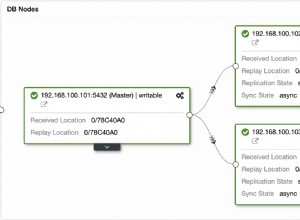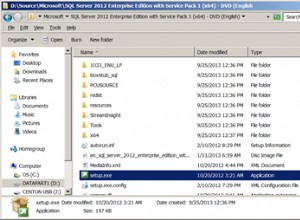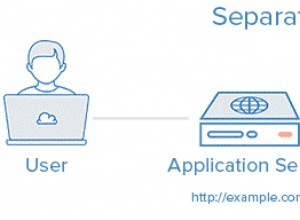Procedi come segue:
-
Crea un nuovo nome utente e password per postgresql su cloud9:
$ sudo service postgresql start $ sudo sudo -u postgres psql postgres=# CREATE USER username SUPERUSER PASSWORD 'password'; postgres=# \q -
Crea variabili ENV su cloud9:
$ echo "export USERNAME=username" >> ~/.profile $ echo "export PASSWORD=password" >> ~/.profile $ source ~/.profileIl mio database.yml per binari 4.2.0 su cloud9:
default: &default adapter: postgresql encoding: unicode pool: 5 username: <%= ENV['USERNAME'] %> password: <%= ENV['PASSWORD'] %> host: <%= ENV['IP'] %> development: <<: *default database: sample_app_development test: <<: *default database: sample_app_test production: <<: *default database: sample_app_production -
Includi la gemma
pgin Gemfile e installa:gemma 'pg', '~> 0.18.2'
$ bundle install -
Aggiorna modello1 postgresql per database.yml su cloud9:
postgres=# UPDATE pg_database SET datistemplate = FALSE WHERE datname = 'template1'; postgres=# DROP DATABASE template1; postgres=# CREATE DATABASE template1 WITH TEMPLATE = template0 ENCODING = 'UNICODE'; postgres=# UPDATE pg_database SET datistemplate = TRUE WHERE datname = 'template1'; postgres=# \c template1 postgres=# VACUUM FREEZE; postgres=# \q -
Dalla riga di comando esegui:
bundle exec rake db:create




